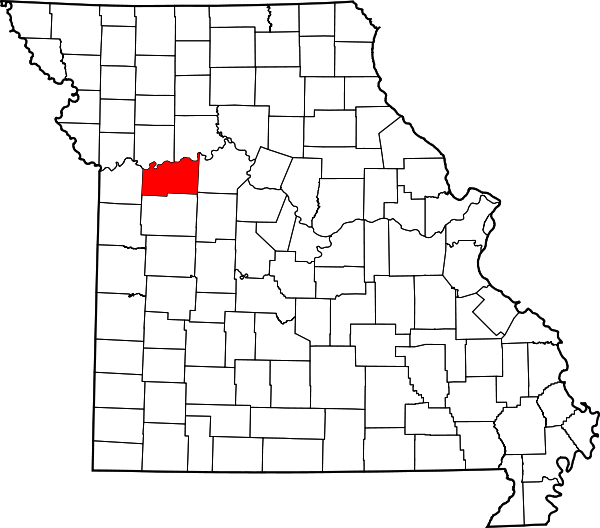Lafayette County MO History
Lafayette County, organized November 16, 1820, was originally named Lillard County after James Lillard of Tennessee. James Lillard served in the first state constitutional convention and the first state legislature. Lillard County was organized along with seven other counties at the beginning of 1821. Mount Vernon was the temporary count seat of the county. February 16, 1825 brought the name change of Lillard County to Lafayette, after Marquis de La Fayette’s visit to the United States. The permanent seat of Lafayette County was placed in the “Old Town” of Lexington.
Lafayette was one of several counties settled mostly by southerners to the north and south of the Missouri River. Given their culture and traditions, this area became known as Little Dixie. In 1860 slaves made up 25 percent or more of the county's population. Residents generally supported the Confederacy during the Civil War. A map from 1862, during the Civil War, Lafayette County contained seven settlements: Cooks Store, Cool Springs, Greenton, Lexington, Moss, Napoleon, and Wellington.
Before, and more heavily after the Civil War, Germans and German Americans from the St. Louis area settled in the area making up a large part of the population of Concordia, Emma, Wellington, Napoleon, Higginsville, Mayview, and Lexington. The German population tended to support the Union during the Civil War.
By 1899, twenty settlements dotted the map of the county: Alma, Aullville, Bates City, Chapel Hill, Concordia, Corder, Dover, Emma, Greenton, Halls, Hodge (Edwards Station), Lexington, Mayview, Myrick, Napoleon, Odessa, Page City, Waterloo, and Wellington.
|
Communities
|
Neighbor counties
Historic sites
|
